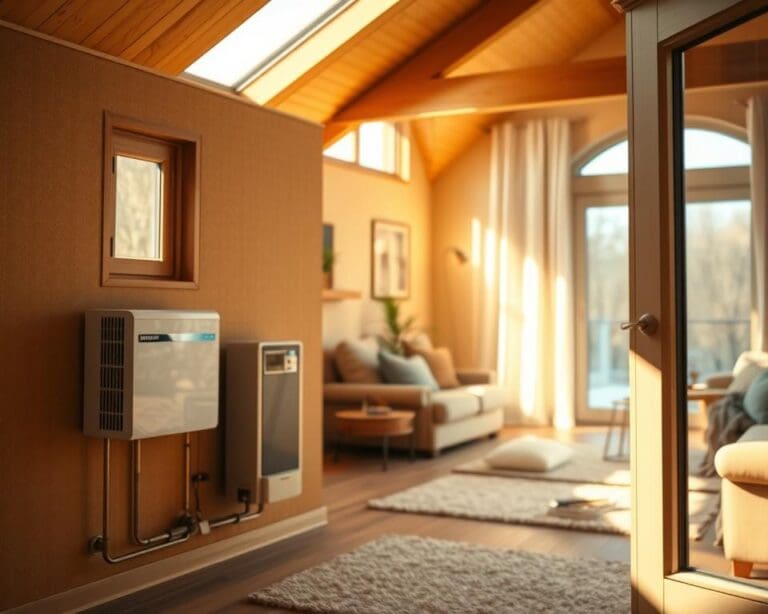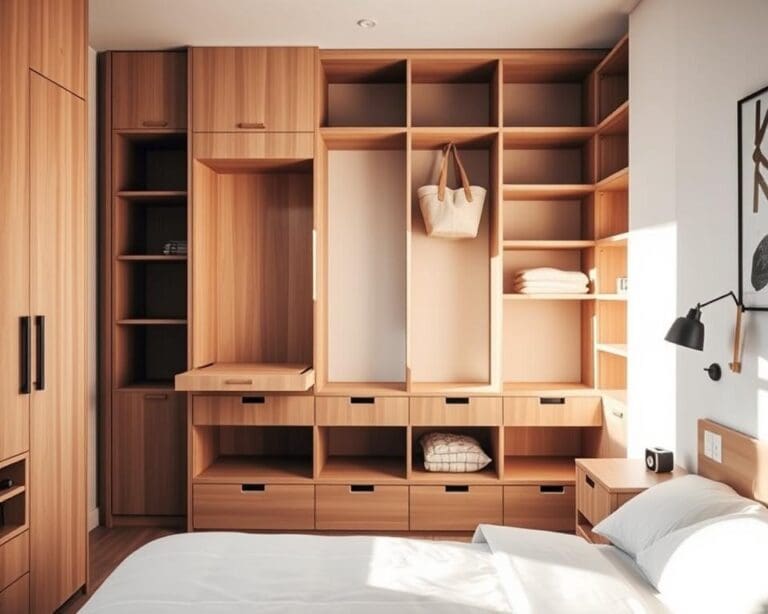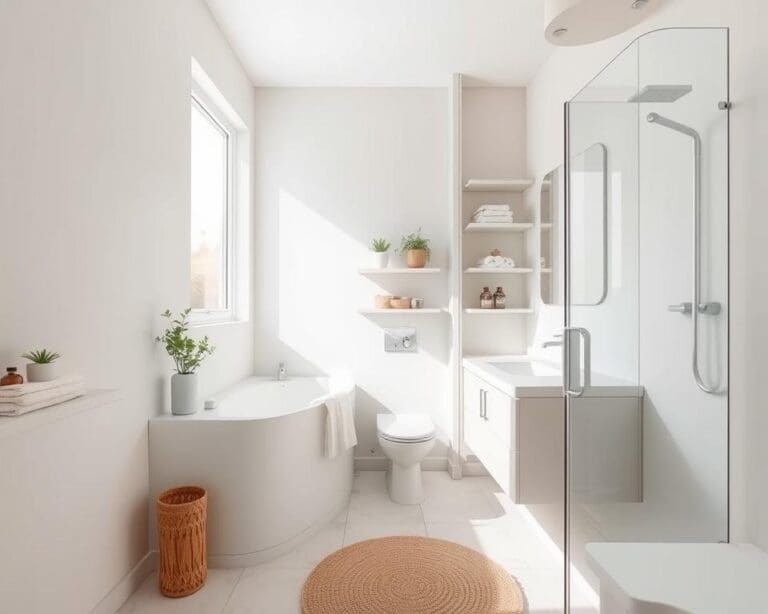In today’s fast-paced world, the integration of smart home devices has transformed our living spaces, making it possible to create an efficient smart home that enhances our daily routines. Through the innovative use of smart technology, such as intelligent thermostats, security systems, and voice-activated assistants, we can optimise smart living to save energy and improve security. The key to unlocking the full potential of home automation lies in understanding how to use these devices efficiently. This article delves into the benefits of smart home devices and offers practical insights on maximising their capabilities for a streamlined and effective living experience.
The Benefits of Smart Home Devices
Smart home devices offer numerous advantages, shaping the future of residential living. By integrating technology into everyday life, these devices enhance safety, energy efficiency, and overall comfort.
Energy Efficiency
One of the prominent benefits of smart home devices lies in their capacity for energy savings. Smart thermostats, such as the Nest and Ecobee, intelligently learn user patterns, optimising heating and cooling schedules. This results in significantly reduced energy consumption and lower electricity bills. Users can monitor their energy usage through dedicated apps, actively promoting efficiency and environmental responsibility.
Enhanced Security
Smart security systems provide a sense of safety that traditional methods cannot match. Products from reputable brands like Ring and Arlo offer features such as real-time alerts, remote monitoring, and automated locking mechanisms. Homeowners can oversee their property from anywhere using mobile applications, thus ensuring peace of mind while enjoying the technology advantages these systems provide.
Convenience and Comfort
Incorporating smart home devices transforms everyday routines into effortless experiences. Smart lighting systems like Philips Hue and voice-activated assistants such as Google Assistant or Amazon Alexa allow users to streamline various tasks. This integration not only elevates home comfort but also enhances accessibility, making it easier to interact with different devices via voice commands or applications.
How do you use smart home devices efficiently?
Maximising the efficient use of smart devices requires a thoughtful approach to integration and automation. By exploring the interconnected capabilities of various devices, homeowners can create a seamless environment that enhances their living experience. This involves not only device integration but also the strategic implementation of automation in the home to ensure maximum convenience.
Integrating Devices for Seamless Operation
Effective device integration is essential for a smart home operation that functions harmoniously. Utilising technologies like Zigbee and Z-Wave enables devices to communicate effortlessly, creating a unified experience. For instance, users can manage various devices from different manufacturers using smart hubs like Samsung SmartThings. This allows for the creation of personalised routines tailored to specific scenarios, such as leaving home or getting ready for bed.
Using Automation and Scheduling
Harnessing the benefits of automation can significantly enhance the functionality of smart devices. By scheduling tasks, users can programme smart lights to activate at dusk or adjust smart thermostats according to predefined times. This approach not only increases comfort but also promotes energy savings. Engaging with automation features through apps allows users to adapt schedules to fit their lifestyles, ensuring smart devices operate effectively only when needed.
Choosing the Right Smart Home Devices
Making the right choices when selecting smart devices hinges on understanding your unique lifestyle needs. A thoughtful approach to smart technology selection can transform daily routines and enhance comfort at home. By evaluating both personal requirements and device compatibility, homeowners will find the best solutions to elevate their smart living experience.
Assessing Your Lifestyle Needs
A comprehensive lifestyle assessment serves as a crucial step in selecting smart devices. Begin by identifying which aspects of your home life could benefit from technology. For example, families with young children may focus on security systems to ensure safety, while individuals passionate about tech might explore advanced automation tools to streamline various tasks. By determining the essential roles that smart devices will fulfil, informed decisions lead to greater satisfaction and optimal functionality.
Compatibility Among Devices
Ensuring device compatibility is vital for a seamless smart home experience. Prior to purchasing, it is important to verify that the devices can communicate effectively with one another. Compatibility with recognised ecosystems, like Google Home or Apple HomeKit, allows various smart devices to work together intuitively. This reduces the potential for frustration and enhances the overall experience, making it imperative to consider compatibility in the smart technology selection process.
Tips for Setting Up Smart Home Systems
Establishing an efficient smart home system demands attention to both the user interface design and the physical arrangement of devices. Following smart home setup tips allows users to create an inviting and functional environment that enhances daily life. Consider the following aspects when setting up your smart home to promote effective home automation.
Creating a User-Friendly Interface
A well-organised app interface elevates user satisfaction significantly. Customising dashboards to showcase preferred functionalities streamlines interactions, making it intuitive to manage various devices. Adopting elements that enhance user experience creates a cohesive system where users feel empowered rather than overwhelmed. Availability on multiple platforms further encourages engagement without friction during smart home activities, fostering a positive atmosphere around technology.
Optimal Placement of Devices
The strategic placement of devices plays a crucial role in their performance and usability. Implementing these smart home setup tips ensures that each device operates effectively:
- Position smart speakers centrally for optimal audio and voice recognition.
- Install security cameras at vantage points, providing comprehensive coverage.
- Store smart hubs in locations that allow maximum connectivity with other devices.
Understanding each device’s purpose and required range of connectivity is essential for informed decisions related to device placement, ensuring fluid operation and enhancing overall system efficiency.
Maintaining Your Smart Home Devices
Ensuring the longevity and functionality of smart home devices requires regular maintenance. Keeping everything in top condition allows for a seamless smart home experience. Regular practices include performing software updates and actively monitoring device performance. These actions are essential for optimal operation and security.
Regular Software Updates
Keeping devices updated is vital for safeguarding against vulnerabilities and improving overall performance. Manufacturers such as Philips Hue and Nest frequently release firmware updates designed to enhance functionalities. Users should regularly check their devices and enable automatic updates whenever available, ensuring optimal performance and security in smart home maintenance.
Monitoring Performance and Troubleshooting
Monitoring device performance can facilitate early identification of potential issues. Many smart devices, like Amazon Echo and Google Nest, come equipped with diagnostic tools that provide valuable insights into their operational status. Engaging with support resources or community forums can provide assistance with troubleshooting smart technology. Many common problems have straightforward solutions, making this an effective strategy for maintaining device performance.
Future Trends in Smart Home Technology
The future of smart home technology is poised for remarkable transformation, as innovations in home automation continue to evolve at an astonishing pace. One of the most significant upcoming trends is the integration of artificial intelligence, which empowers smart devices to learn from user behaviours. This capability allows for a highly personalised experience, where devices anticipate needs and seamlessly adjust to provide ultimate convenience.
Moreover, advancements in the Internet of Things (IoT) are set to enhance interconnectivity among devices, enabling them to communicate more effectively and operate in unison. This trend towards a cohesive home environment aligns with the aspirations of homeowners seeking integrated systems that simplify daily life. Voice recognition technology and improved natural language processing are anticipated to further enhance user interactions, making control of home automation systems more intuitive than ever.
In addition to convenience and efficiency, the emphasis on sustainability is expected to shape the future landscape of smart home technology. Manufacturers are increasingly exploring eco-friendly solutions and energy-efficient designs, which resonate with the growing number of environmentally conscious consumers. As these trends unfold, the upcoming innovations in home automation will not only improve user experience but also contribute positively to ecological sustainability.









